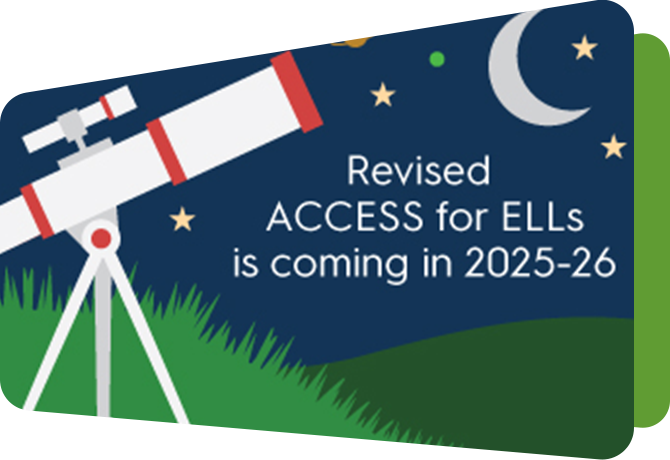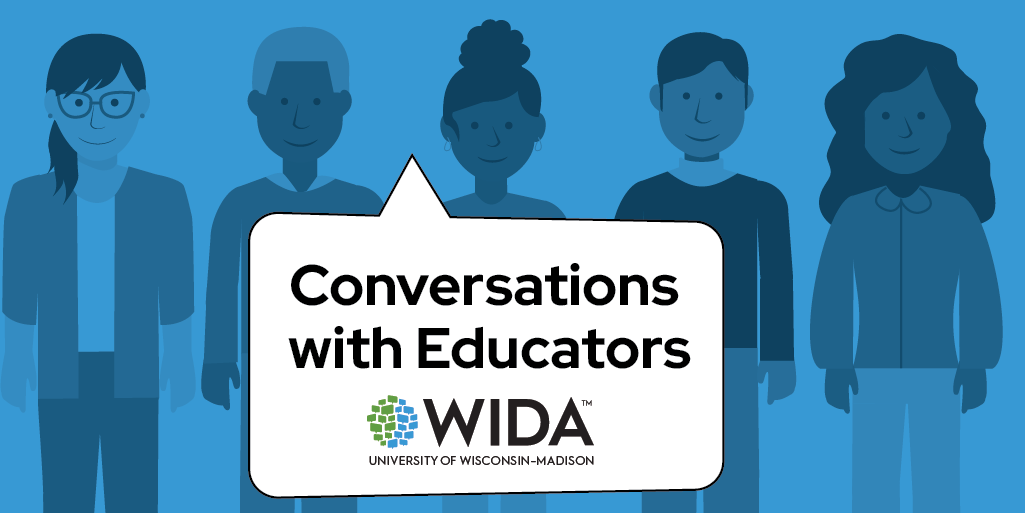Engaging Families and Communities
Centering multilingual learners, families and communities in our work
For multilingual learners to truly thrive, their voices — and the voices of their families and communities — must be at the heart of our work. Meaningful, culturally and linguistically sustaining family and community engagement is not an add-on. It is essential for promoting students’ identity development, learning and belonging.
In this video, discover what meaningful engagement looks like — directly from multilingual learners, families, community members and educators.
Centering Voices Video Transcript
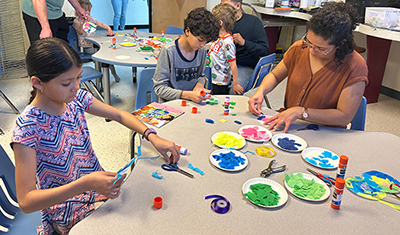
ABCs of Family and Community Engagement
The ABCs are six key considerations that are essential for strengthening family and community engagement practices: Awareness, Advocacy, Building Trust, Breaking Barriers, Collaboration and Connect to Learning.
The Infographic and Look-Fors: ABCs of Family and Community Engagement includes a visual representation of all six ABCs as well as look-fors to identify evidence of the ABCs in your context and ideas for future action.
The Literature Synopsis: ABCs of Family and Community Engagement offers a brief synthesis of literature and reflection questions for each of the six ABCs.
ABCs in Action
Choose an ABC of Family and Community Engagement to explore further.
More information on Breaking Barriers, Collaboration and Connect to Learning will be included here in Spring 2026.

Awareness
Awareness involves ongoing reflection on the unique identities and experiences of the multilingual families in your context and having a critical understanding of historical and current systems-level issues.
Engage with the Awareness in Action WIDA Snapshot to explore videos, tools, resources and information from the field to inform your actions.
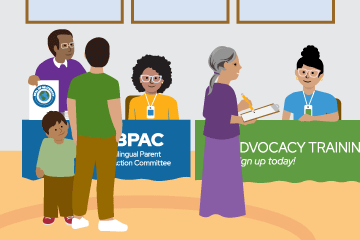
Advocacy
Advocacy involves promoting multilingual learners’ and families’ right to access language, learning, and other opportunities.
Engage with the Advocacy in Action WIDA Snapshot to explore family-, community- and educator-informed tools, resources and learning opportunities.
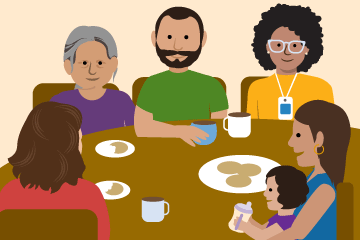
Building Trust
Building Trust involves developing and sustaining trusting relationships with multilingual learners and their families and communities.
Engage with the Building Trust in Action WIDA Snapshot to explore more family-, community-, and educator- informed resources.
Resources to Share With Families




